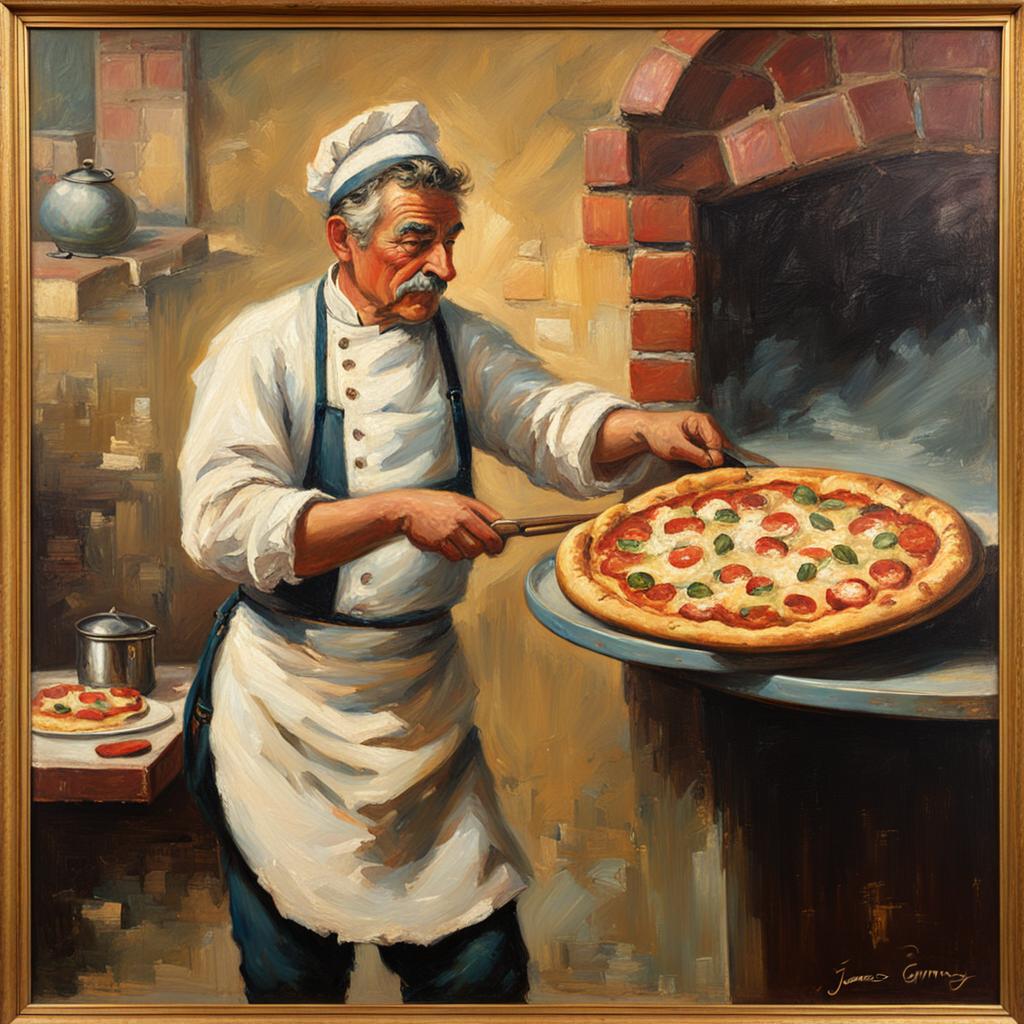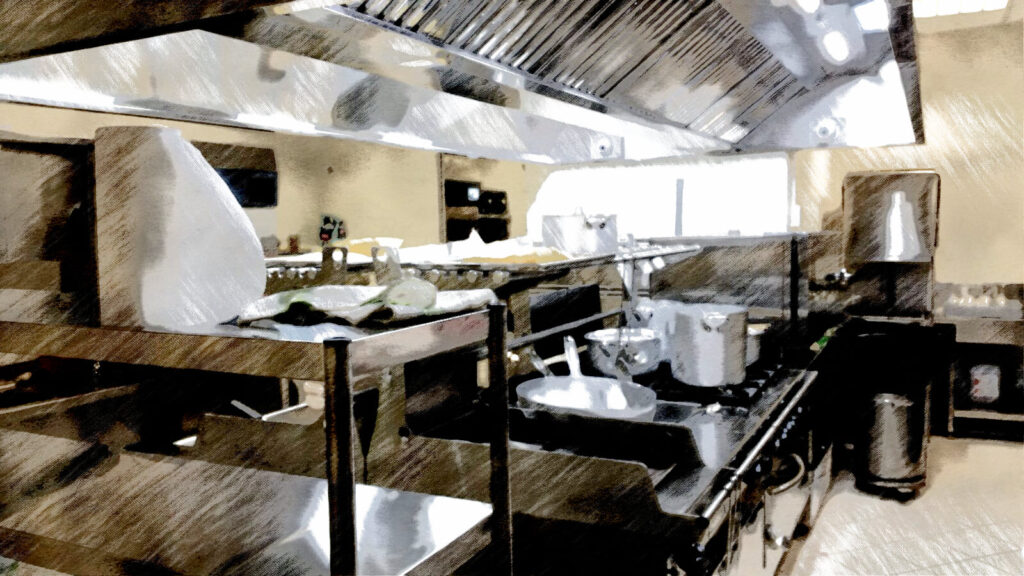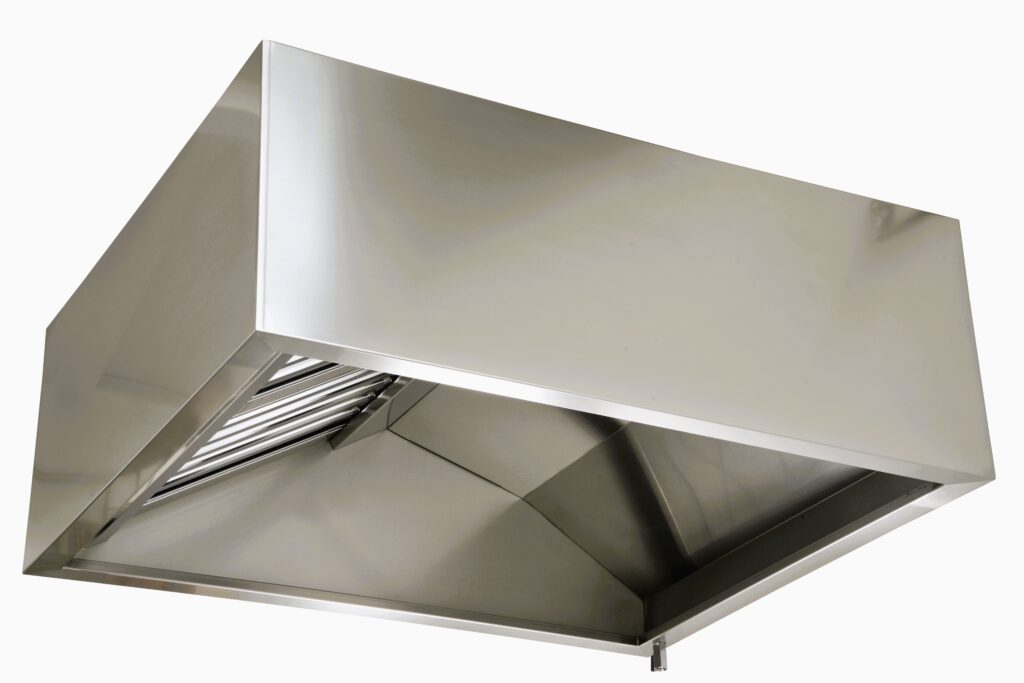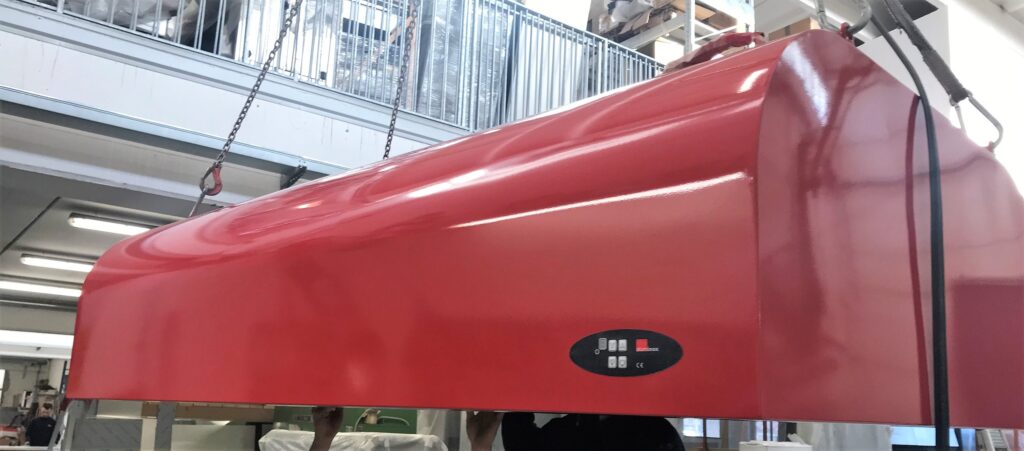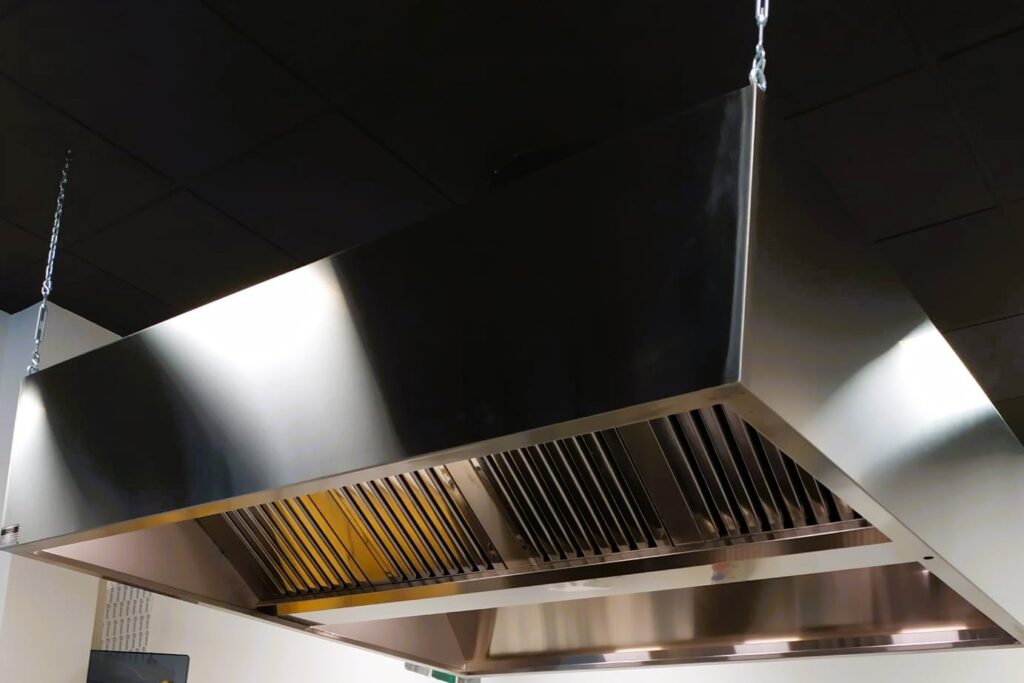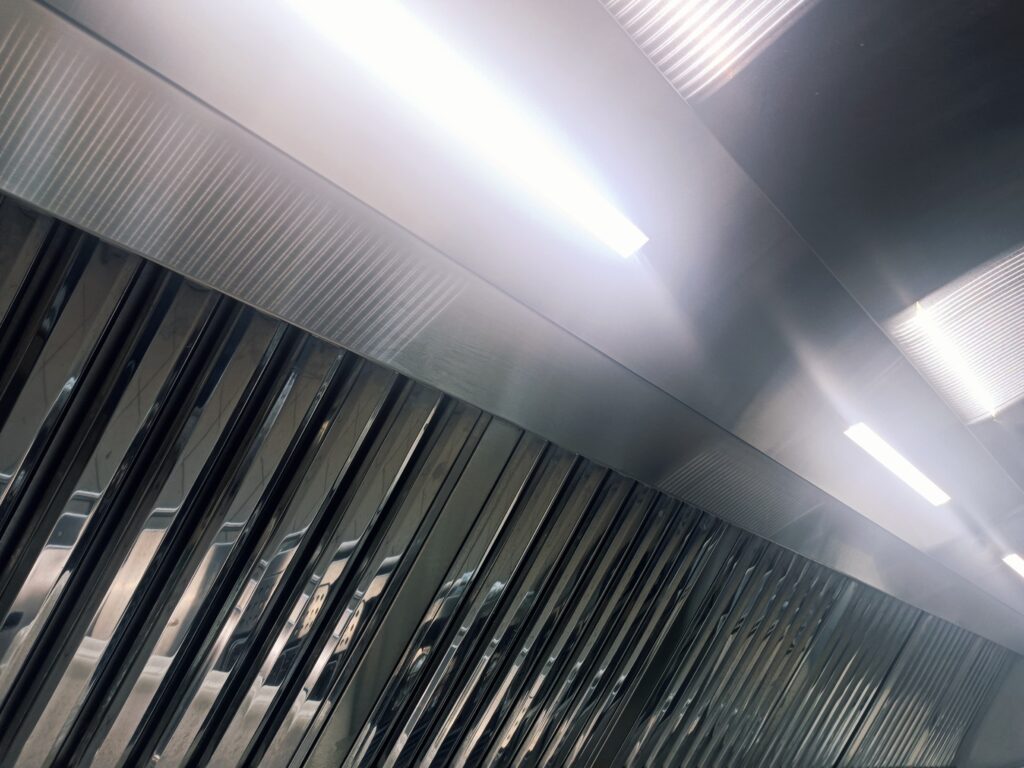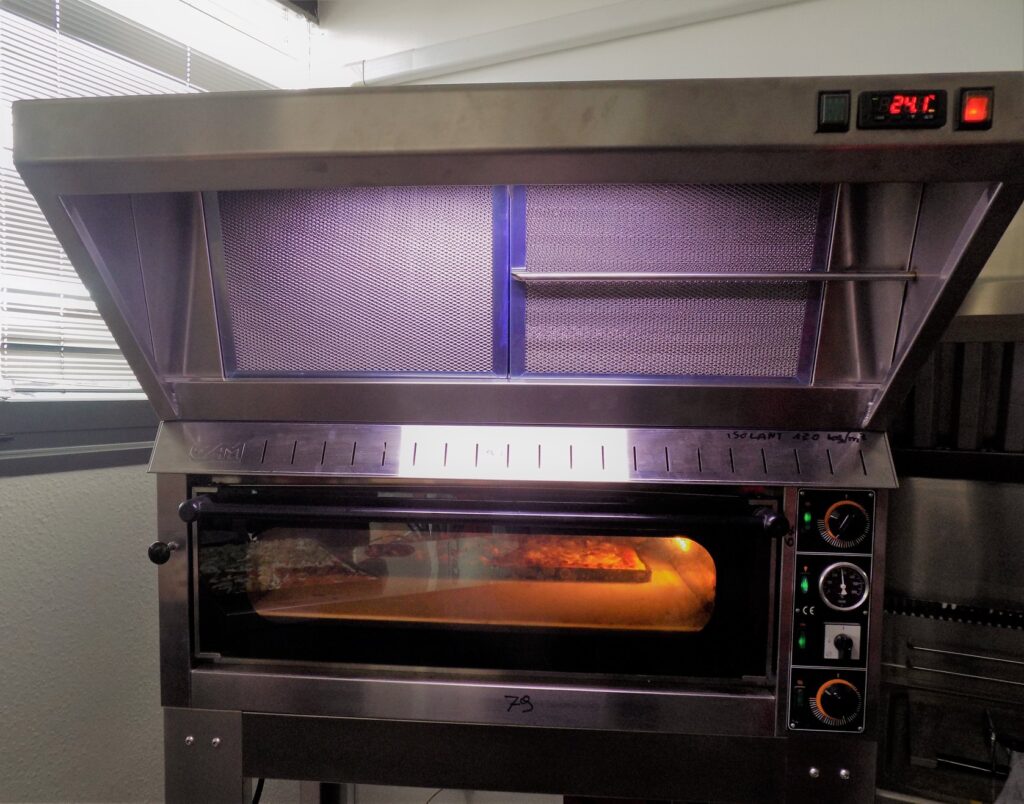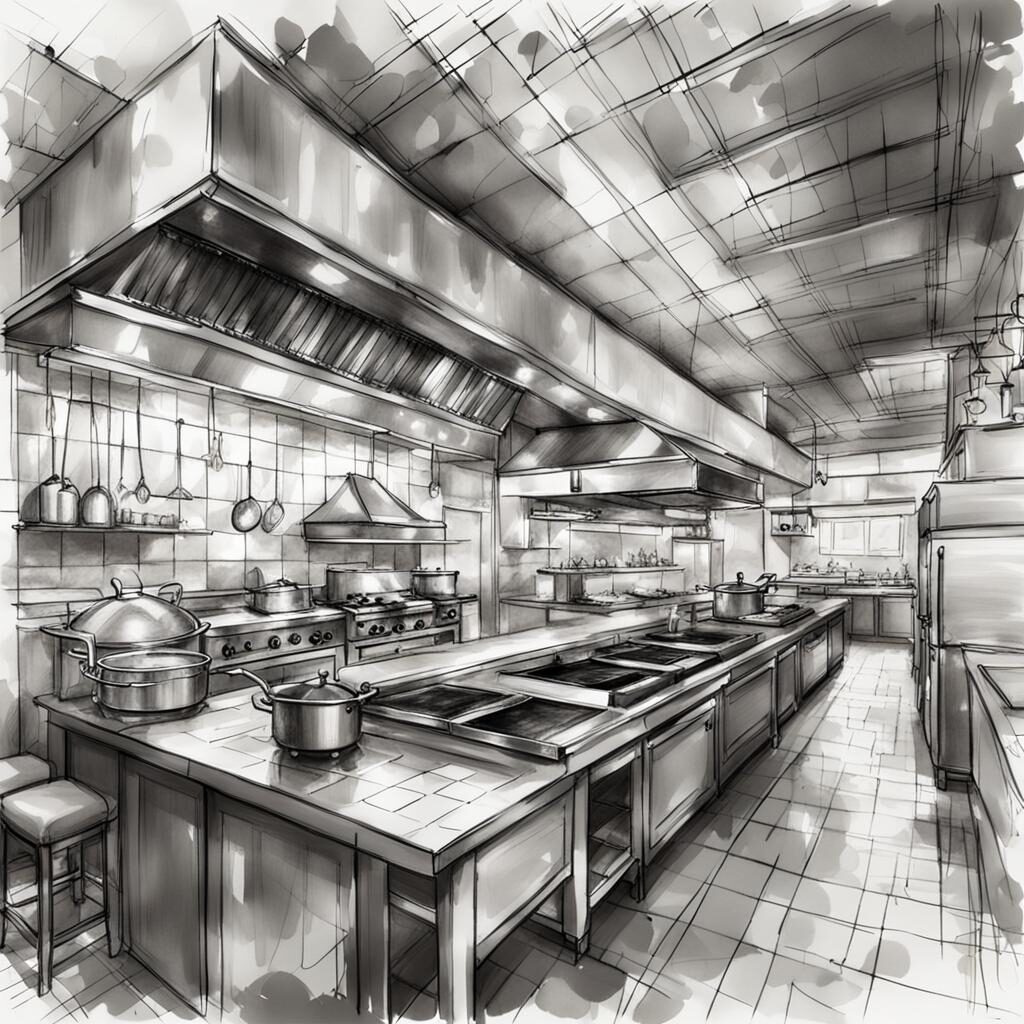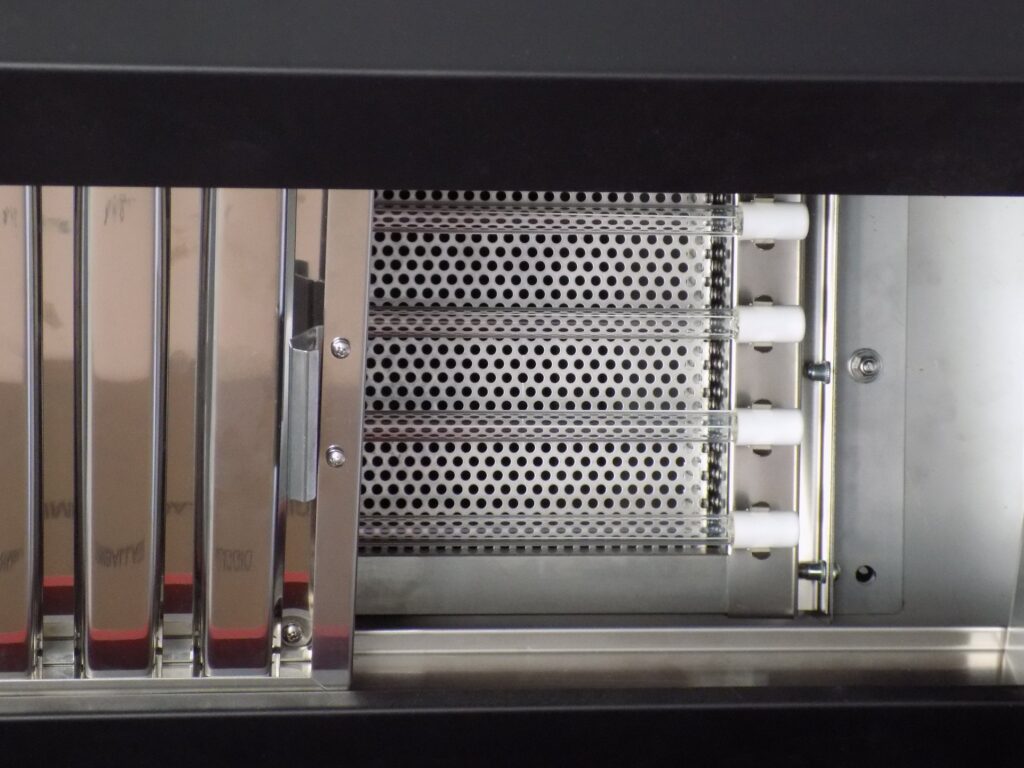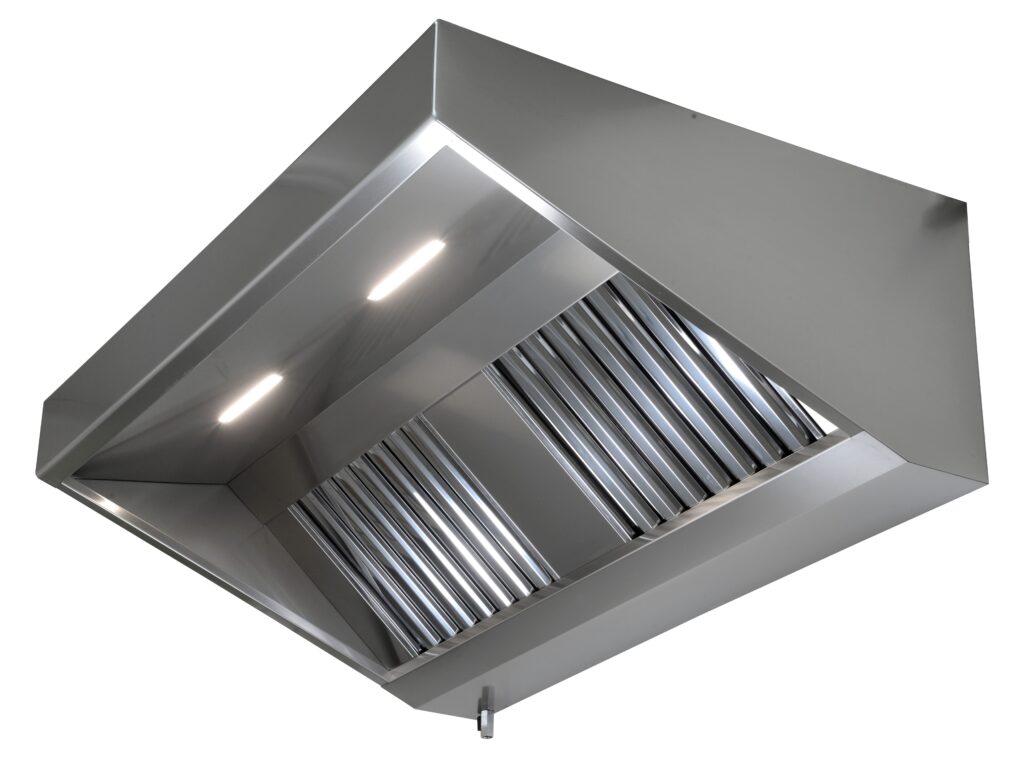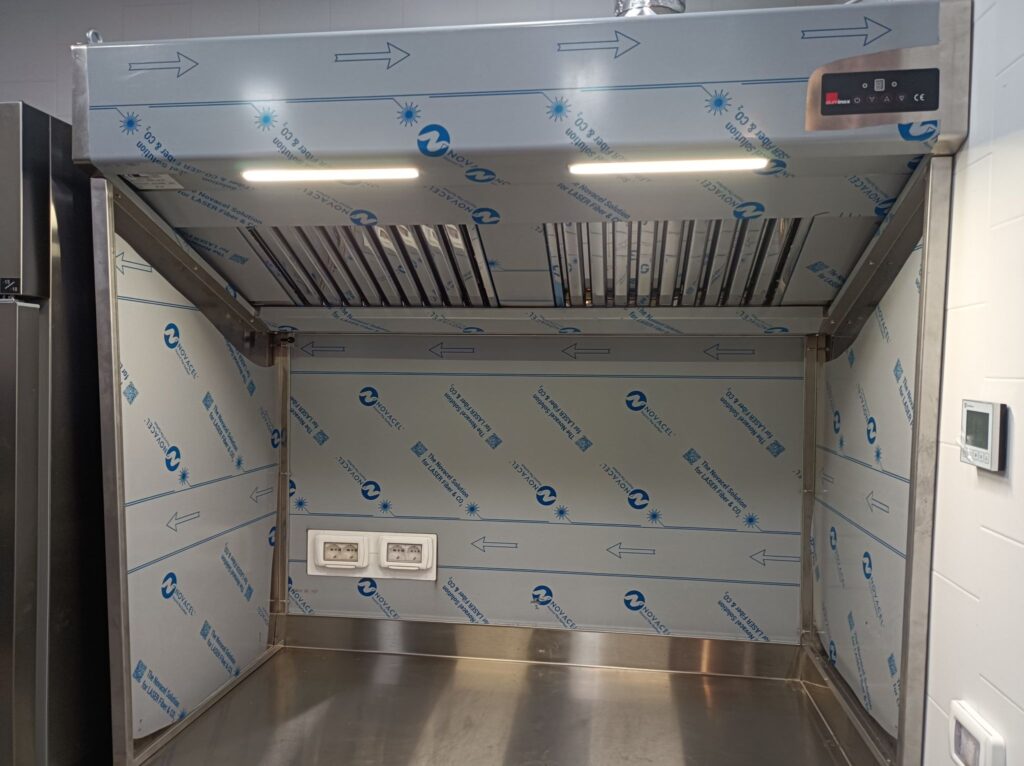There is a long-standing dispute among pizza chefs all over the world (but especially Italians, it goes without saying).
I am referring to the clash between the crew of those who prefer the wood-fired oven, as opposed to those who prefer the electric oven (in the middle of the pie chart, a small, barely perceptible line of those who prefer the oven gas).
Now: everyone has their own preferences, techniques and methods.
What I want to focus on is only the particularity of the extraction in wood-fired ovens.
In fact, in addition obviously to the cooking fumes, and related annexes, there is also carbonaceous particulate, better known as soot.
This is a very fine black powder that is created by the partial combustion of carbon or other compounds.
Subtle, and dangerous!
It can deposit on the colder walls of the ducts, can ruin the materials, obstruct the air draft (and therefore increase consumption); furthermore, soot is combustible, and its spread in the environment dangerously increases the risk of fire.
Finally, last but not least, a possible escape could be harmful to the health of the operators.
How it works?
Not exceptionally complicated: water is sprayed onto the particulate-laden black fumes (countercurrent to the airflow), thus removing the heavier particles.
This reduces both odours and fumes (lowering the temperature).
Finally, this water, carrying particulates and other residual substances, is then discharged into wastewater.
In conclusion: the “living flames” and the masonry oven always exert a certain charm, we are aware of this at Aluminox.
For this reason, we suggest, for wood-fired ovens, hoods with soot extractors: simple tools to accompany the hood in the presence of wood-fired ovens, charcoal grills, or the like.

 Italiano
Italiano
